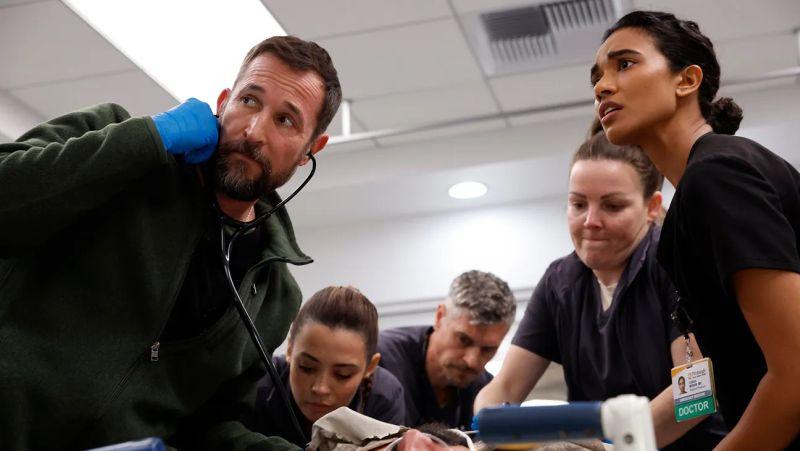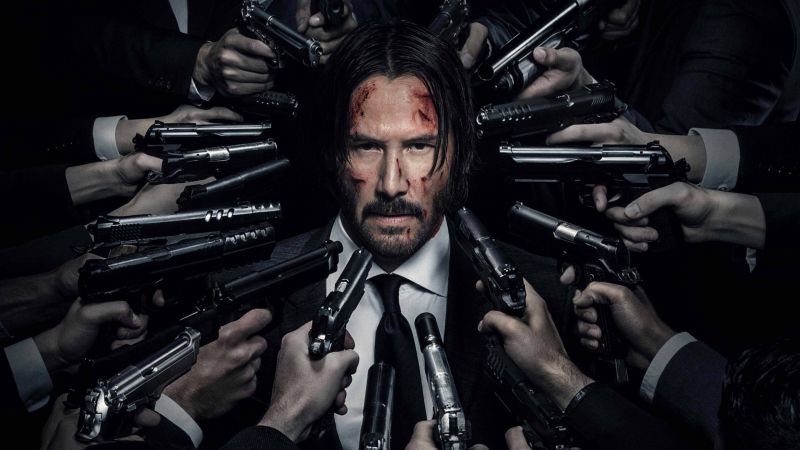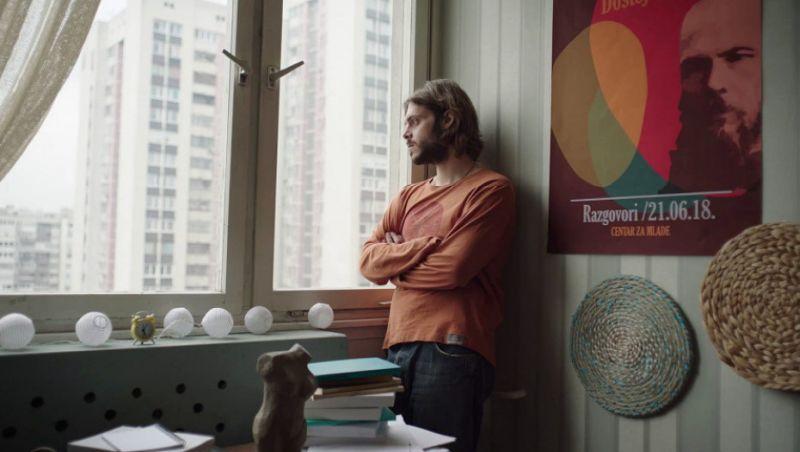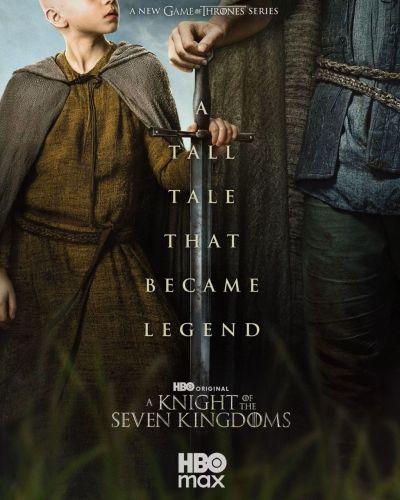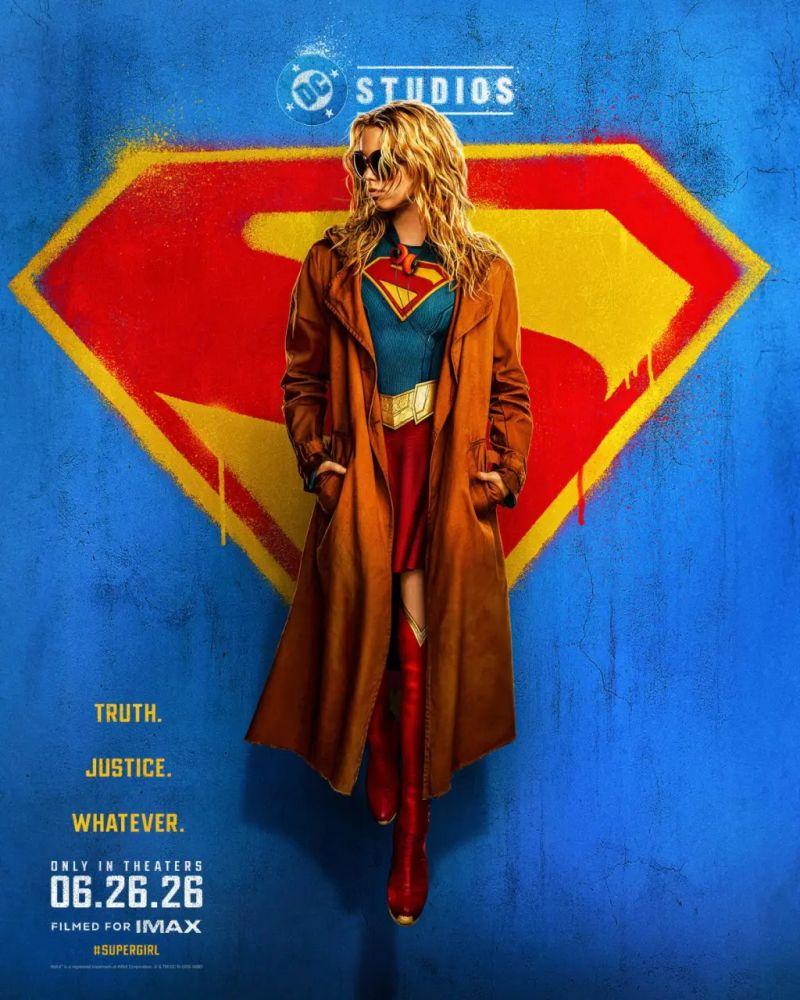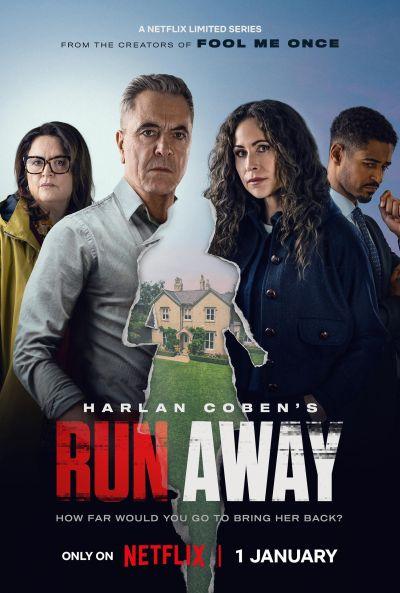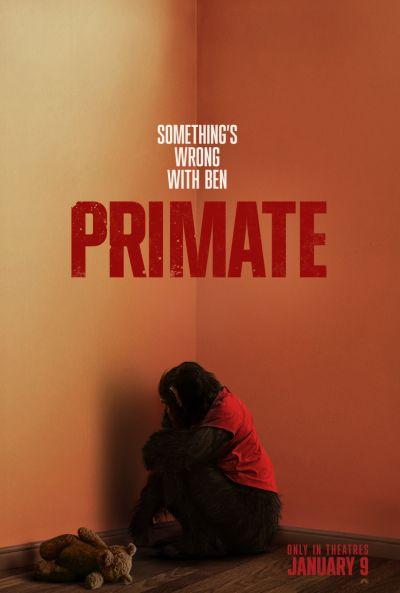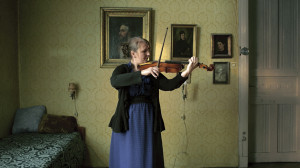 Filmofil.ba sa ponosom predstavlja kritike mladih autora nastale u okviru ovogodišnjeg programa Talents Sarajevo na 22. Sarajevo Film Festivalu
Filmofil.ba sa ponosom predstavlja kritike mladih autora nastale u okviru ovogodišnjeg programa Talents Sarajevo na 22. Sarajevo Film Festivalu
Piše: Janka Pozsonyi Prevod sa engleskog: Bojana Pušara
Traume lične, socijalne i političke prirode čine jezgro filmova mlade mađarske režiserke i scenaristice Petre Szőcs (1981). U svom prethodnom kratkom filmu The Execution (2014) i najnovijem kratkometražnom ostvarenju Limp Like That (2016) prikazuje različite vrste traumatskih iskustava koja doživljavaju djeca, odnosno porodica u žalosti. The Execution, koji je prikazan u takmičarsko programu za kratkometražni film na 67. Cannes Film Festivalu, prikazuje dvoje djece, brata i sestru, koja žive sa svojom porodicom u Rumuniji tokom perioda uznapredovalog komunizma. Njihova najdraža igra je imitacija pogubljenja bivšeg diktatora, Nicolaea Ceaușescua, i njegove supruge, što je svakako jedan od najvažnijih događaja u istoriji Evrope. Kao i u filmu Limp Like That, ova forma vjerne imitacije događaja je jedan oblik psihoterapije, jer oživljavanje događaja pomaže da se oni lakše procesuiraju i prevaziđu. Vidjeli smo oživljavanje događaja kao estetsko sredstvo u mnogim novijim dokumentarnim filmovima, među kojima treba istaći autore Joshua Oppenheimer i Rithy Pan. Djeca na ovaj način pokušavaju da što lakše prihvate bijedne živote svojih roditelja, kao i da bolje razumiju sam čin pogubljenja, što predstavlja interesantnu perspektivu društva koje je preživjelo ove zastrašujuće trenutke. Šokantno je koliko ovaj monstruozni događaj za njih izgleda normalno
Rođena i odrasla u gradu Cluj, Petra Szőcs predstavlja vlastita iskustva i uspomene i u najnovijem kratkometražnom filmu Limp Like That, snimljenom u kući u kojoj je provela djetinjstvo. Uništena smrću svoga supruga, žena odlučuje da unajmi mladog glumca koji će oživjeti pokojnika u porodičnoj kući. Glumac je izabran na kastingu prije nego što, u sklopu svoje nove uloge, počinje polako da prihvata svoj novi lik. Najvažnije je bilo da može da kašlje i hramlje kao što je starac to činio. Mješavina likova pokojnog supruga i oca i mladog glumca koji ga "odmjenjuje" je nevjerovatno stvarna i očaravajuća.
Majka i kćerka daju potpuno novo značenje fazama tugovanja, jer su suočene sa odlaskom i povratkom "Tatice" kući. Poricanje, bijes, tugovanje, prilagođavanje i prihvatanje su prikazani uz apsurdni element prisutnog oca koga je mladi glumac "podigao iz mrtvih." Nakon perioda šoka i poricanja, majka ga bira za glumca, iako se pomalo ljuti ne njega jer ne kašlje na pravi način. Depresivna kćerka ne osjeća nikakvu potrebu da provodi vrijeme sa čovjekom koji nosi očevu odjeću i parfem, ali zahvaljujući majčinoj mudroj i ubjedljivoj floskuli da se sve dešava u našim glavama kćerka konačno prihvata njegovu smrt, jer mijenja način posmatranja situacije.
Oba ova filma koriste glumu, gestikulaciju i pokret kao terapeutske metode smanjenja stanja šoka i traume nakon istorijskih događaja i porodičnih tragedija, sa krajnjim ciljem prihvatanja onoga što se dešava oko nas.
Fillmofil.ba proudly represents the works of young critics done in program Talents Sarajevo of 22nd Sarajevo Film Festival
Playing through the Trauma – The Short Films of Petra Szőcs
Written by: Janka Pozsonyi Translation: Bojana Pušara
Dealing with personal and socio-political traumas is at the core of the films of the young Hungarian film director and screenwriter Petra Szőcs (1981). In her previous short film The Execution (2014), and the latest title Limp Like That (2016) both react ‘playfully’ to different kind of traumatic experiences – once through the eyes of little children, and the other time by following a family in grief. Selected for the Short Film Competition of the 67th Cannes Film Festival, The Execution focuses on two young children – a brother and a sister – who are living in late communist Romania with their family. Their favourite game is playing out the execution of the former dictator, Nicolae Ceaușescu and his wife, which became one of the most important broadcasted events of European history. Just like in Limp Like That this form of re-enactment or imitation works as a form of psychotherapy, with the purpose that reliving something will help in letting it go. We have seen forms of re-enactment as an aesthetic strategy in many recent documentaries most notably those of Joshua Oppenheimer and Rithy Pan. The children are processing the misery of their parents, and the historic event through this game, that gives an interesting perspective on the society, that lived through these defying moments. It is shocking to see how normal these horrible events seem to them.
Born and raised in the same city of Cluj and the same era, Petra Szőcs pictured her own experiences and memories, just like she did in her latest short film Limp Like That, which she shot in her childhood home. Devastated by the death of her husband, a woman in grief hires a young actor to play the role of the deceased around the family home. The man goes through the casting process – the most important feature is to cough and to limp like the old man did – before he settles down in his new role, and slowly starts merging into his character. Despite the fact that the setting is clearly that of the nineties in Romania, the fusion of the deceased husband and father and the young actor has a magic realist vibe.
Slowly coming to terms with the fact that “Daddikins” has left and returned to their house, the mother and daughter are creating a whole new meaning for the five stages of grief. Denial, anger, depression, bargaining and acceptance are pictured through this absurd element of the father being resurrected by the young actor. Out of the shock and denial, the mother hires him for the part, and managing the casting with a bit of anger (because he’s not coughing the right way). The depressed daughter doesn’t feel the need for this man to be around, wearing her father’s clothes and smelling like him, but thanks to the mother’s wise, persuasive words “everything is happening in the brain”, the daughter finally accepts his death, by just simply looking at him differently.
Both shorts use acting, gesticulation, and recreation as a therapeutic method, to deal with the shock and the trauma of historic events and family drama, to accept what is happening around them.


